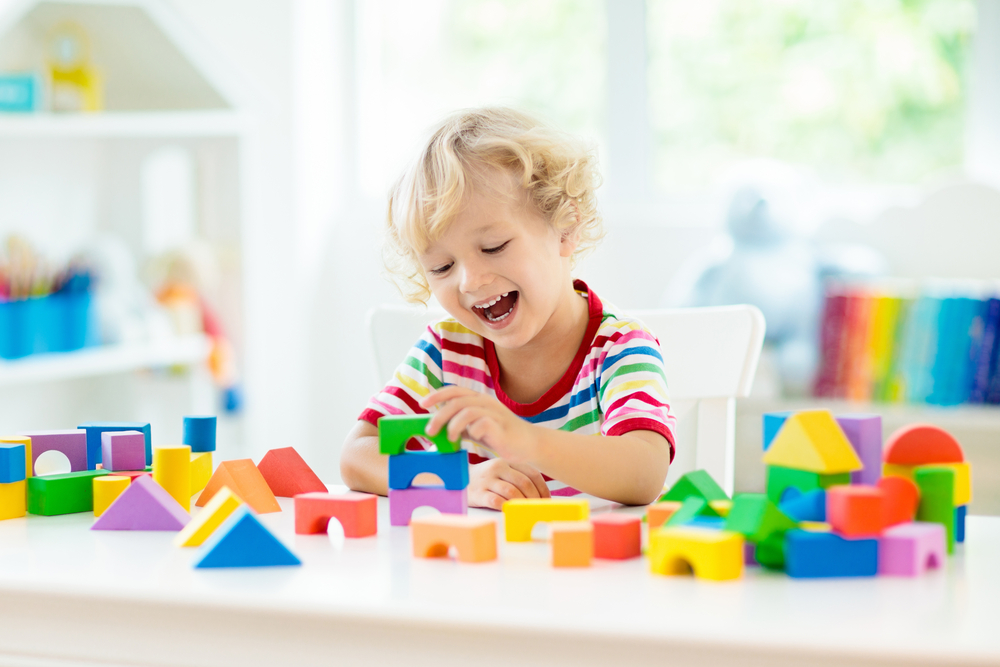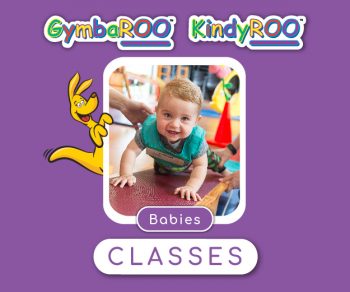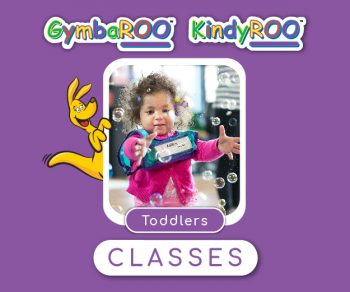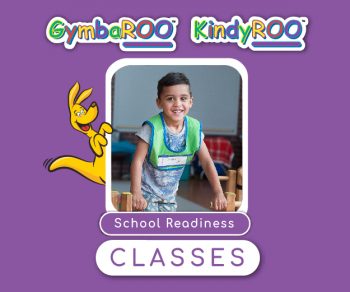Written by Dr Tessa Grigg
In our world of ‘time poor’ parents and there being so many demands on the time we have available, how can parents make decisions about the best way to use this precious commodity? In this article the reasons behind the importance of including movement activities in a child’s week are discussed, using current research to support the suggestions. What is the best value for the time invested?
The research is clear that development in the early years affects later development and learning (Poulton, Moffitt, & Silva, 2015). In the Dunedin Health and Development Longitudinal study, they found that self-control in early childhood was the greatest predictor of such things as adult health, wealth and life satisfaction. So, the question for many parents is how can we help our children achieve good self-control?
Let me say, the last thing you need to do is have your child actively practice self-control – ‘sit for an hour with an apple on their head’ sort of activity! There are many things that influence our ability to exercise self-control and it would appear that movement is one of the most important keys in the learning process of a young child (Sassé, 2009). Research shows that brain development is ‘experience-based’ and the more opportunities for good quality experiences the greater the neural connections (Guyer, Pérez‐Edgar, & Crone, 2018; Schoen & Miller, 2018). Thelen and Smith’s research (1994) showed that children learn by moving and they require opportunities for continuous practice to develop a skill. Jean Ayres (1995) used the Piagetian approach, that the sensory-motor stage of development associated with early childhood is where the focus needs to be. Goddard (1996) has a focus on the influence of primitive reflexes on learning and development, with research showing that children who still have retained primitive reflexes when they arrive at school are disadvantaged. Movement is the most effective strategy to help integrate these reflexes. A good quality sensory motor programme takes all of the above research and applies it to what they have on offer.
Enough about the evidence: it is clear that movement activities are a good investment of time. Now the question is “what do parents need to look for in a movement-based programme?”
- What range of activities are provided? Do they cover gross-motor (large movement) and fine-motor skills?
- Does the teacher know about things like the importance of tactile experiences, balance, visual skills, auditory processing and motor planning?
- Does the teacher know about primitive reflexes and how to help children integrate these?
- Is there a focus on the senses and making sure they are used during the class?
- Does the programme actively promote the development of normal early childhood movement patterns as these skills in-turn develop self-control? A young child needs to be able to control their body in order to control their mind.
- Is the parent viewed as an important aspect of their child’s development? Are parents involved in the class?
A programme such as GymbaROO – KindyROO contains all the elements listed above and more. Everything that is part of the programme is based on current research, and there is continual adjusting to make sure that every moment spent at a GymbaROO-KindyROO class is of maximum benefit to the child and the parent. A child’s first and most important teachers are their parents, and with that in mind substantial neurological information is given to parents so that they understand not only what to do with their children, but why it is important.
The journey from birth to adulthood is fascinating and the path is influenced by the decisions parents make. Yes, nature provides the child’s foundation, but it is via nurture that our children’s development progresses. And of course, my view is that movement activities are a key component.
References:
Ayres, A. J. (1995). Sensory integration and the child. Los Angeles, CA: Western Psychological Services.
Goddard, S. (1996). A teacher’s window into the child’s mind and papers from the Institute for Neuro-Physiological Psychology: A non-invasive approach to solving learning and behavior problems. Eugene, OR: Fern Ridge Press.
Guyer, A. E., Pérez‐Edgar, K., & Crone, E. A. (2018). Opportunities for neurodevelopmental plasticity from infancy through early adulthood. Child Development, 89(3), 687-697. doi:10.1111/cdev.13073
Poulton, R., Moffitt, T. E., & Silva, P. A. (2015). The Dunedin Multidisciplinary Health and Development Study: Overview of the first 40 years, with an eye to the future. Social Psychiatry and Psychiatric Epidemiology, 50, 679 – 693. doi:10.1007/s00127-015-1048-8
Sassé, M. (2009). Smart start: How exercise can transform your child’s life. Wollombi, NSW: Exisle Publishing.
Schoen, S. A., & Miller, L. J. (2018). A retrospective pre-post treatment study of occupational therapy intervention for children with sensory processing challenges. Open Journal of Occupational Therapy (OJOT), 6, 1-14.
Thelen, E., & Smith, L. B. (1994). A systems approach to the development of cognition and action. Cambridge, MA: MIT Press.
You may also like to read:









